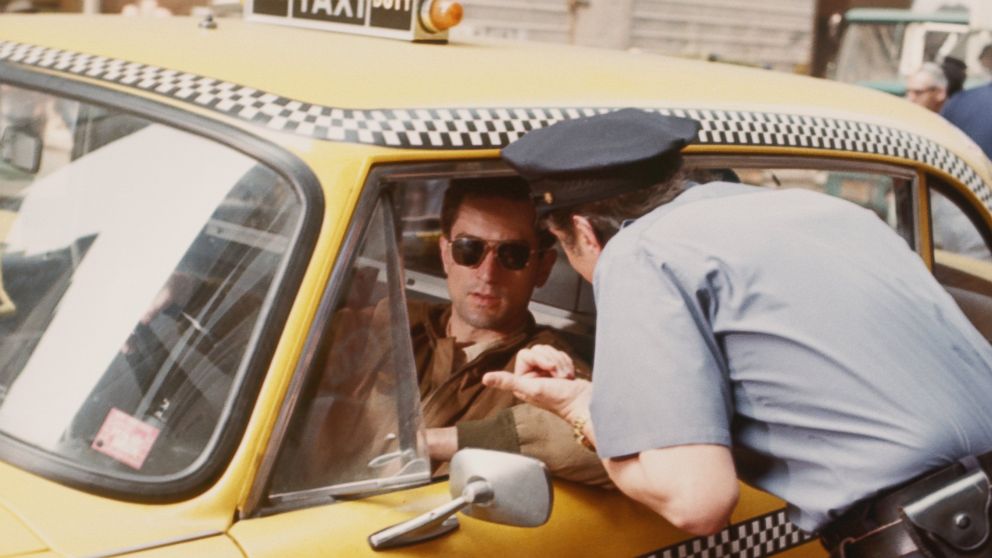5 Ways 'Taxi Driver' Changed Movies, Made History
The Martin Scorsese film, which stars Robert De Niro, premiered 40 years ago.

— -- It's been 40 years since "Taxi Driver" first hit theaters, grabbing us by the throat and dragging us into Travis Bickle's dark, twisted world.
The film, which starred Robert De Niro, Jodie Foster and Harvey Keitel, was an instant classic, the 12th top-grossing movie of 1976, and earned four Academy Award nominations and Cannes' prestigious Palme d’Or. It also established the careers of director Martin Scorsese and star De Niro and cemented their on-screen partnership.
"Taxi Driver" not only changed the movies, it changed history. Here are five ways:
1. "Taxi Driver" established director Scorsese, then 33, as Hollywood's premier auteur, whose influence would be later felt by a new generation of New Wave filmmakers, including Spike Lee and Quentin Tarantino.
2. Coming off his Oscar win for "The Godfather: Part II," De Niro turned down half-million dollar offers to star in "Taxi Driver," his second collaboration with Scorsese. It sealed his reputation as one of Hollywood's greatest actors, while the character he embodied, Travis Bickle, became a classic, alongside other iconic characters such as Dirty Harry and Norman Bates.
3. Bickle's iconic line, "You talkin’ to me?" became one of film's most recognized and is included in the top 10 most famous movie lines by the American Film Institute. Screenwriter, Paul Schrader later said, "It’s the best thing in the movie, and I didn’t write it." De Niro, who improvised the entire monologue which included that famous line, borrowed it from Bruce Springsteen, whom he’d seen perform in Greenwich Village just days earlier.
4. Scorsese’s portrait of New York City in 1976 was dark, cramped and filled with garbage -- the latter of which, it turns out, was real. In the summer of 1975, when he shot the film, a sanitation workers’ strike left garbage piled on the streets and sidewalks. The film, Scorsese’s farewell to his hometown, also signaled the end of an era in New York. The Checker cabs, grimy neighborhoods and Times Square of the movie no longer exist.
5. Schrader's script was inspired in part by the failed political assassination of presidential hopeful George Wallace in 1972. In the film, Bickle plots to assassinate presidential candidate Senator Palantine after he is rebuffed by Palantine's campaign volunteer, Betsy, played by Cybill Shepherd. Five years later, John Hinckley, Jr., who was fixated on the film and its star Jodie Foster, mimicked Bickle's mohawked appearance from the film and attempted to assassinate President Ronald Reagan. White House Press Secretary James Brady was paralyzed after the shooting and Hinckley, who was found not guilty by reason of insanity, remains under institutional psychiatric care.




